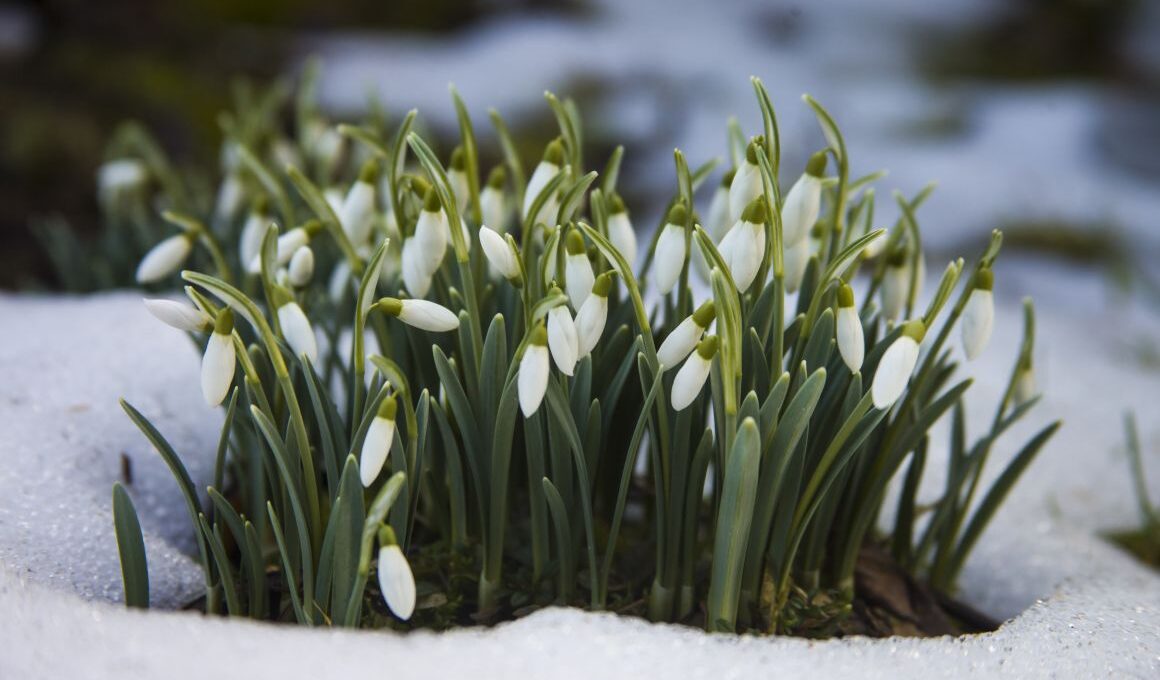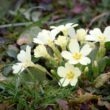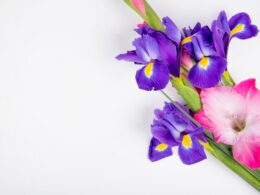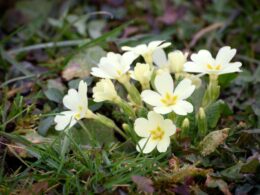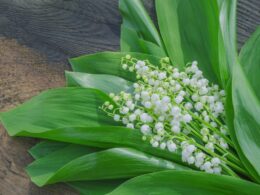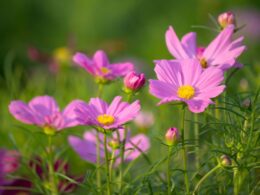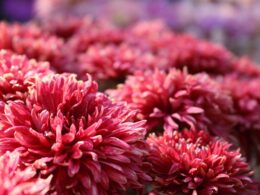January birth flower: carnation and snowdrop. Today we’ll explore their history, symbolism, and how you can use them in your own life. So whether you’re looking for some inspiration for your January birthday or just want to learn more about these beautiful flowers, read on!
January Birth Flower. What Is It About?
The birth month flower is a tradition that dates back centuries. Each month has a different flower associated with it, and these flowers are believed to have special meaning.
The symbolic meaning of each flower varies and can be found dating back to Victorian times. The Victorians were big on sending coded messages with flowers. For example, red roses meant “I love you,” while white roses meant “purity.” Other popular flowers and the meaning behind them:
- daisies – depict innocence, loyal love, and new beginnings;
- tulips – signify perfect or deep love;
- orchids – very versatile, can denote rare and delicate beauty or mature charm;
- poppies – associated with sleep, peace, and imagination.
But today we want to talk about January birth flower and its symbolism. So let’s get started!
January Birth Flower: Carnation
The carnation is the January birth flower, and it symbolizes love, faithfulness, and admiration. The meaning of the carnation can also vary depending on its color. For example, white carnations represent purity and luck, while red carnations symbolize deep love and affection.
Carnations are native to Europe and Asia, and they have been cultivated for centuries. Today, they are one of the most popular flowers in the world, and are often used in bouquets and arrangements. Carnations are available in a wide range of colors, including white, pink, red, purple, and yellow.
While this January flower is most commonly associated with love and appreciation, it can also be used to symbolize a number of other things. For example, carnations are often given to new mothers as a sign of gratitude. They can also be used to express sympathy, as white carnations are often used in funerals and memorial services.
Carnations in Different Colors & Their Meaning
Carnation colors have different meanings depending on the hue. White carnations represent purity and innocence, while red carnations symbolize love and admiration. Pink carnations are often associated with gratitude and appreciation, while yellow ones typically represent joy and happiness. Different shades of purple can convey everything from general affection to more specific sentiments like admiration or capriciousness.
Carnation colors can also be used to communicate more nuanced emotions. For example, peach carnations are often given as a sign of sympathy, while lavender carnations can signify luck or chance. Green carnations are said to represent hope and renewal, while black carnations are associated with grief or mourning.
While the traditional meanings of carnation colors are still widely recognized, it’s also important to remember that flowers can be given for any number of reasons. Whether you’re looking to express your love and gratitude, or show your support during a time of loss, carnations are a beautiful way to do it. It is also a great gift for people born in January.
Interesting Facts About Carnations
Carnations are the official flowers of a number of different occasions, including Mother’s Day, Father’s Day, and Valentine’s Day. What else can we learn about them?
- The name “carnation” comes from the Latin word for “flesh,” which is fitting given the flower’s fleshy petals.
- Carnations are technically classified as a type of daisy, which is why they are also sometimes known as “garden pinks.”
- They are one of the longest-lasting flowers, and can often stay fresh for up to two weeks.
- Carnations are one of the most popular flowers in the world. They come in a wide variety of colors, from white to pink to red.
- Carnation flowers are thought to have originated in the Mediterranean region.
- In Victorian times, carnations were often given as gifts to express one’s love for another person.
- These flowers are relatively easy to care for. They prefer cooler temperatures and should be kept out of direct sunlight.
- Carnations will bloom for several weeks if they are given proper care.
Flower for January: Snowdrop
The snowdrop is another January birth flower. The meaning of the snowdrop is hope and purity. The snowdrop symbolizes new beginnings, fresh starts, and innocence. The snowdrop flower is also associated with Snow White from the fairy tale.
The flower is a small, delicate flower that blooms in winter. The white petals of the snowdrop represent purity and innocence. The small, bell-shaped flowers of the snowdrop hang down from the stem, symbolizing hope. Snowdrops are one of the first flowers to bloom in spring, making them a symbol of new beginnings and rebirth.
Snowdrops grow in cold climates and are often seen as a sign of winter turning into spring. They have been used as a medicinal plant for centuries and are still used today in some cultures.
Interesting Facts About Snowdrops
Snowdrops are an incredibly resilient flower. They can withstand below freezing temperatures and will often bloom even when there is still snow on the ground. Snowdrops are also one of the first flowers to bloom in spring, which means they are a sign of hope and new beginnings. Here are some more interesting facts about this birth flower for January:
- The scientific name for snowdrops is Galanthus nivalis.
- They are native to Europe, but can now be found in other parts of the world including North America.
- Snowdrops belong to the Amaryllidaceae family, which also includes daffodils and amaryllis flowers.
- Legend has it that snowdrops were created from the tears of angels.
- Snowdrops are often planted in memorial gardens or gravesites as a symbol of remembrance.
Which January birth flower – carnation or snowdrop – will you select as your birthday flower?





